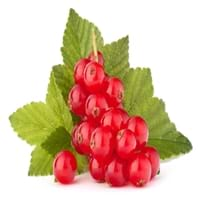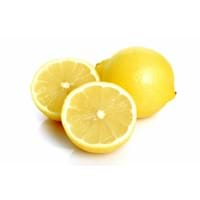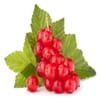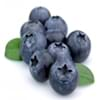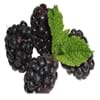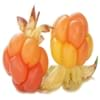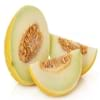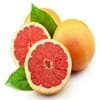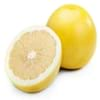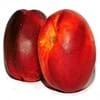Health Benefits
Cancer prevention, Gout treatment, Heart care, Regulation of heart rate, Treatment of rheumatism
Arthritis treatment, Asthma treatment, Cancer prevention, Kidney stone treatment, Prevents constipation, Purging blood, Treatment of rheumatism
General Benefits
Anti oxidant properties, Controls blood pressure, Cures fever, Digestive aid, Healing of wounds, Helps in weight loss, Strengthens bones
Boosts immune system, Cures headache, Cures fever, Digestive aid, Flu treatment, Maintains healthy cholesterol level, Treatment of common cold
Skin Benefits
Brightens and lightens complexion, Reduces wrinkles, Treatment of acne
Heals sunburn, Reduces wrinkles, Skin rejuvenation, Treatment of acne, Treatment of skin diseases
Hair Benefits
Protects hair
Prevents hair loss, Treatment of dandruff
Allergy Symptoms
Abnormally rapid heart rate, Anaphylaxis, Breathing difficulty, Hives, Itching, Swallowing difficulties
Eczema, Hives, Inflammation, Itching, Skin rash, Swelling
Side Effects
Possibly unsafe during pregnancy
Diuretic effects, Heart burn, Tooth decay, Chances of sunburn
Best Time to Eat
Best if taken as a breakfast (or empty stomach), As a snack in the late afternoon, Don't eat after meal, Morning time (before lunch)
Along with meal, Best to drink lemon water on an empty stomach., Don't consume at night and before bed
Vitamin B5 (Pantothenic Acid)
Vitamin C (Ascorbic Acid)
Vitamin K (Phyllochinone)
Calories in Fresh Fruit with Peel
Not Available
Calories in Fresh Fruit without Peel
Not Available
Calories in Frozen Form
Not Available
Calories in Canned Form
Not Available
Type
Berry
Citrus, Tree fruit
Season
Summer
All seasons
Varieties
Rovada, Stanza, Red Lake, Junifer and Jonkheer van Tets
Avalon Lemon, Bears Lemon, Buddha's Hand, Bush Lemon, Citron, Eureka Lemon, Dorshapo Lemon, Finger Citron and Fino Citron
Color
Red
Yellow, Yellowish-orange
Origin
Europe
China, India
Soil Type
Moist, Well-drained
Well-drained
Climatic Conditions
Cold
Hot, Sunny
Facts about
- The albino version of red currants known as white currants, are often sold as different fruit.
- Red currant tea is healthy substitute for coffee.
- There are more than 150 varieties of red currants.
- Oil extracted from lemon peels is used for fingerboard of guitars.
- During Renaissance, ladies used lemons to redden their lips.
- Aroms of lemon decreases the level of stress hormones.
Top Producer
Russia
China
Other Countries
Belgium, France, Germany, Ireland, Italy, Netherlands, Poland, Portugal, Scotland, Spain, Sweden, United Kingdom
Argentina, Brazil, India, Iran, Italy, Mexico, Spain, Turkey, United States of America
Top Importer
Germany
United States of America
Top Exporter
Russia
Mexico
Botanical Name
Ribes rubrum
Citrus limon
Synonym
Not Available
Not Available
Subkingdom
Tracheobionta
Tracheobionta
Division
Magnoliophyta
Magnoliophyta
Class
Magnoliopsida
Magnoliopsida
Order
Saxifragales
Sapindales
Family
Grossulariaceae
Rutaceae
Species
R. rubrum
C. limon
Generic Group
Saxifrage
Citrus fruit
Difference Between Red Currant and Lemon
We might think that Red Currant and Lemon are similar with respect to nutritional value and health benefits. But the nutrient content of both fruits is different. Red Currant and Lemon Facts such as their taste, shape, color, and size are also distinct. The difference between Red Currant and Lemon is explained here.
The amount of calories in 100 gm of fresh Red Currant and Lemon with peel is 56.00 kcal and Not Available and the amount of calories without peel is Not Available and 29.00 kcal respectively. Thus, Red Currant and Lemon belong to Low Calorie Fruits and Low Calorie Fruits category.These fruits might or might not differ with respect to their scientific classification. The order of Red Currant and Lemon is Saxifragales and Sapindales respectively. Red Currant belongs to Grossulariaceae family and Lemon belongs to Rutaceae family. Red Currant belongs to Ribes genus of R. rubrum species and Lemon belongs to Citrus genus of C. limon species. Beings plants, both fruits belong to Plantae Kingdom.
